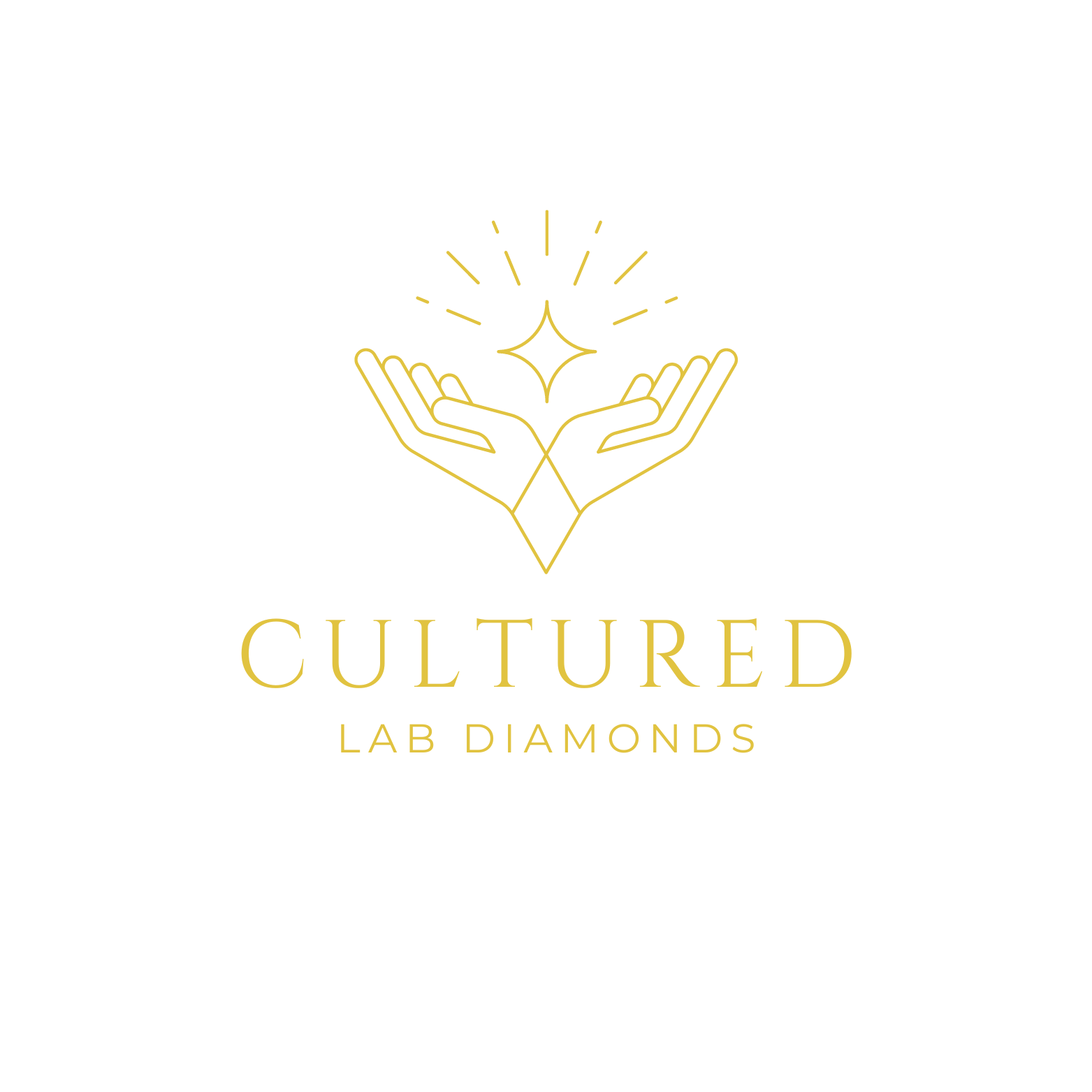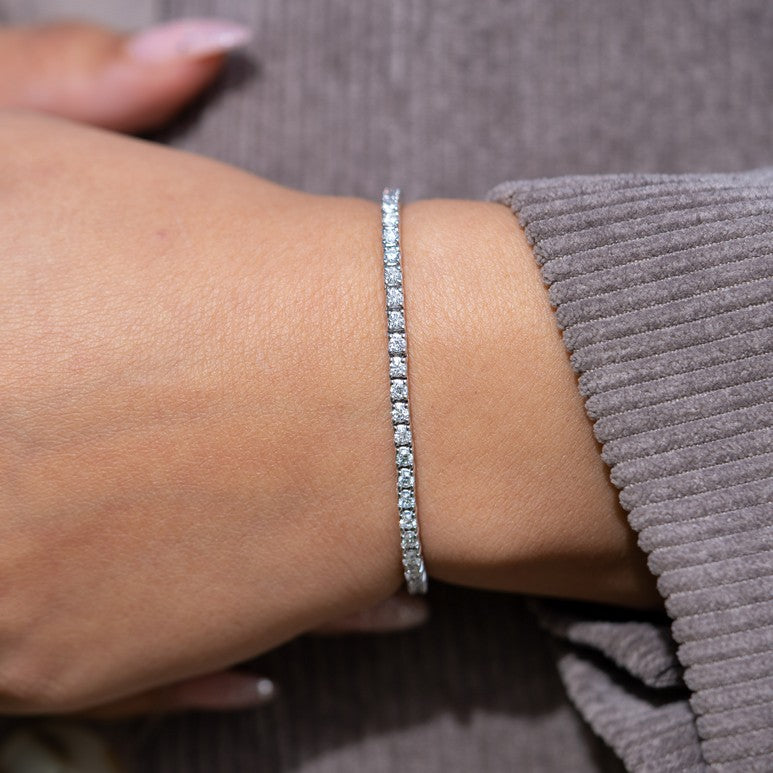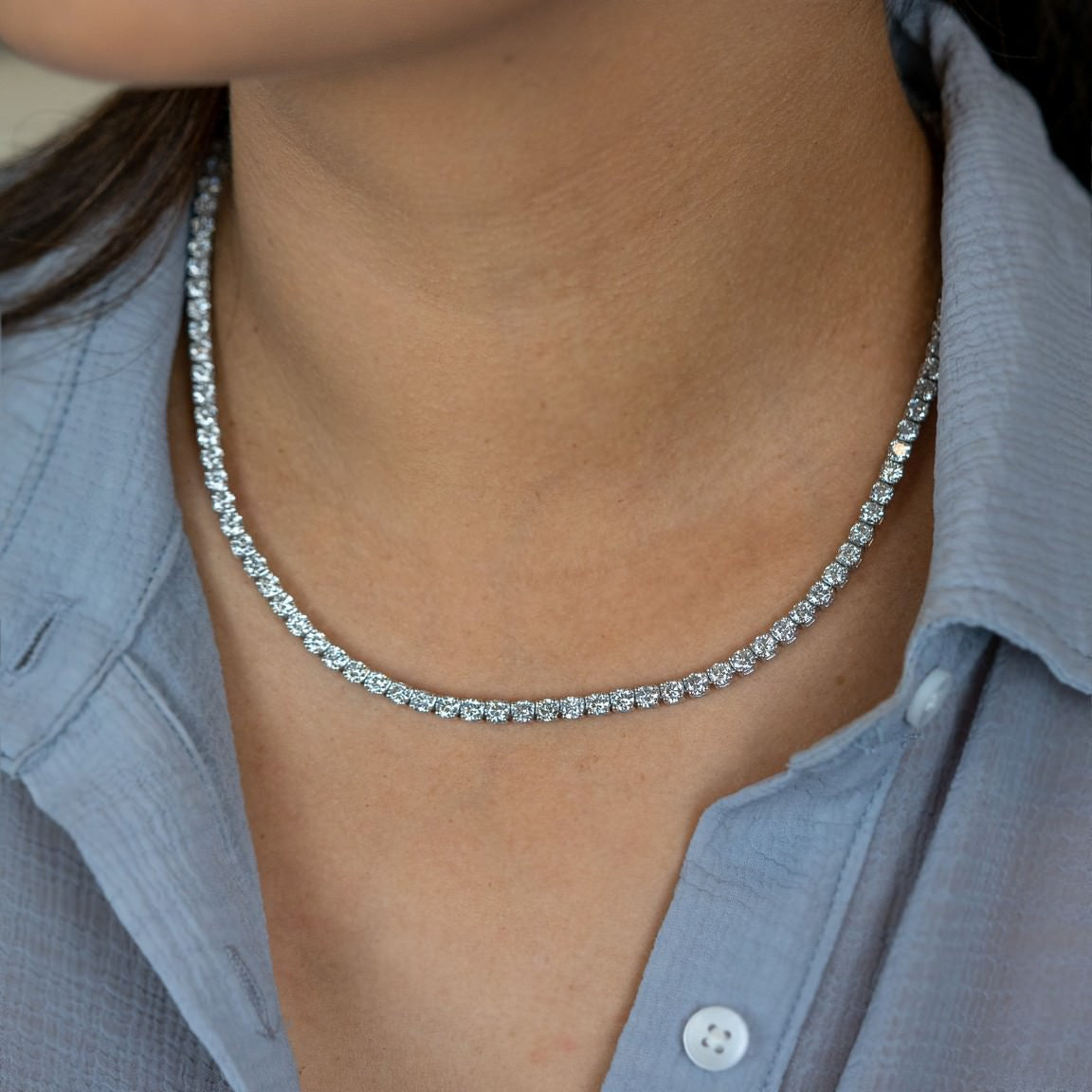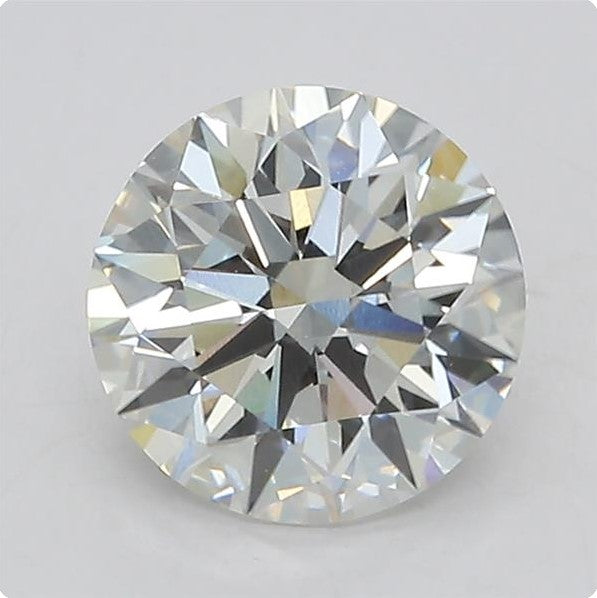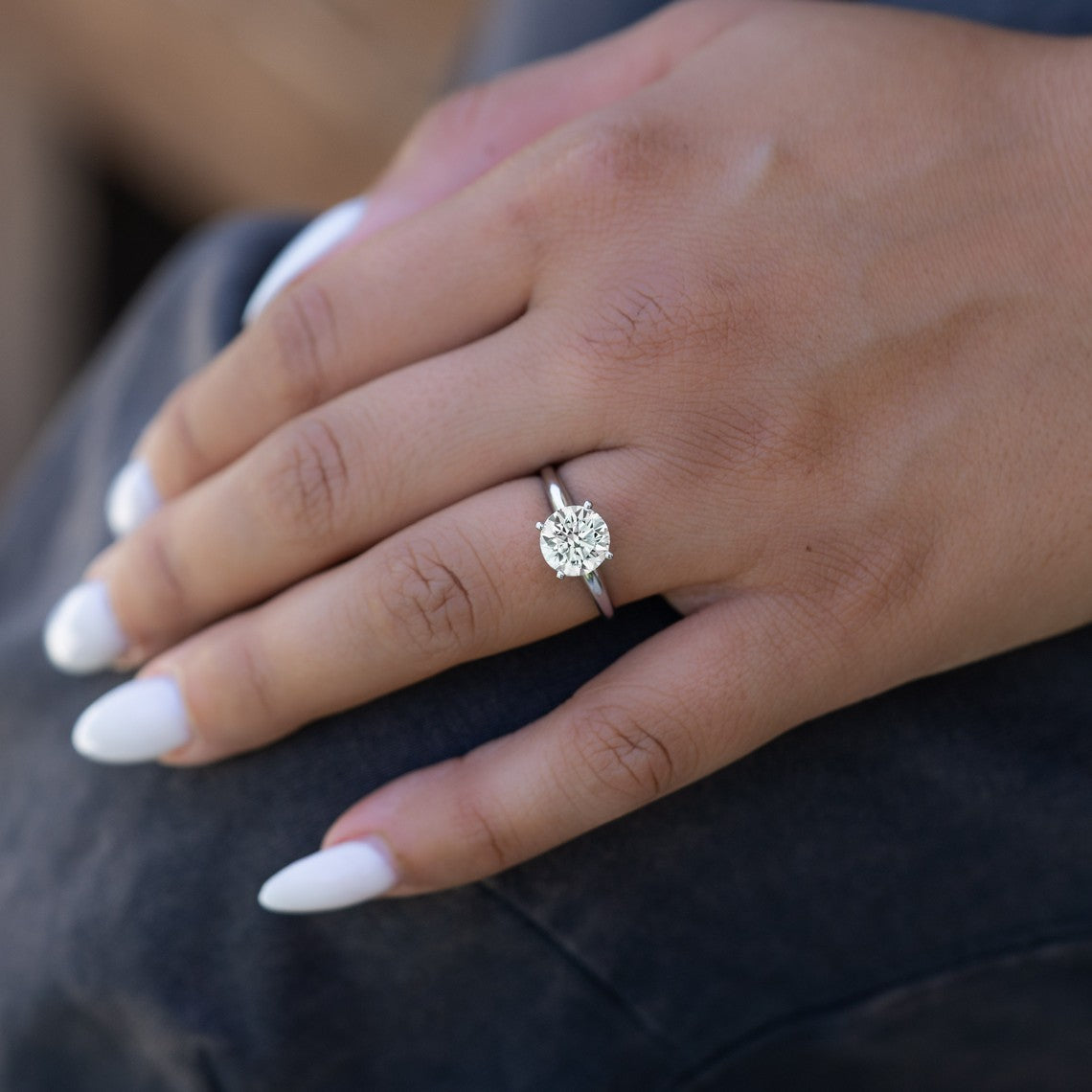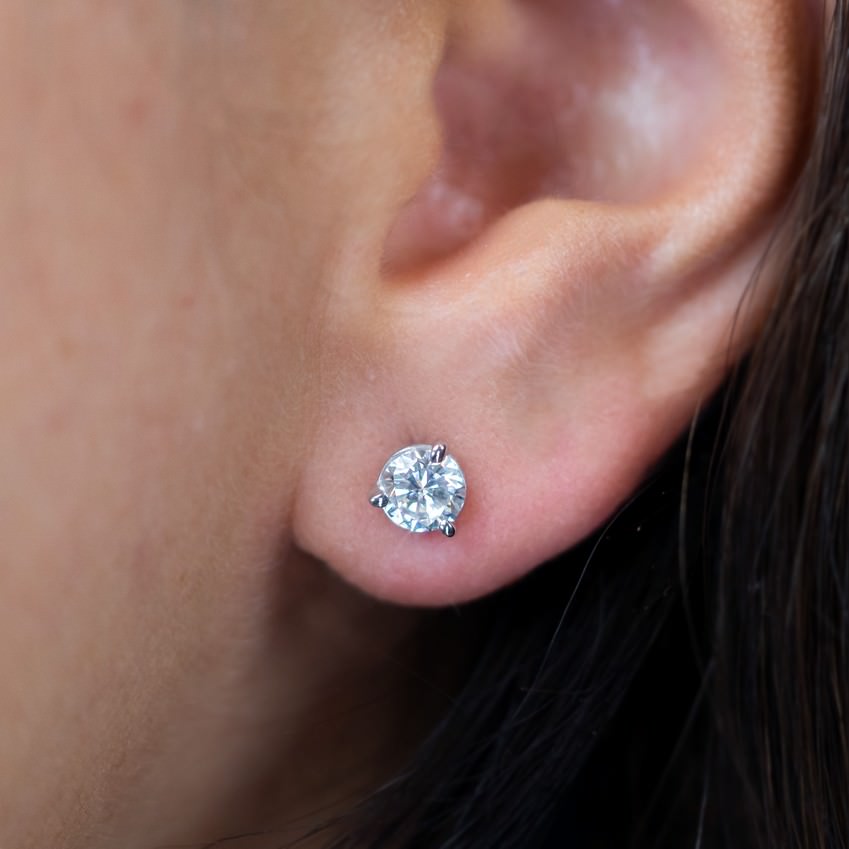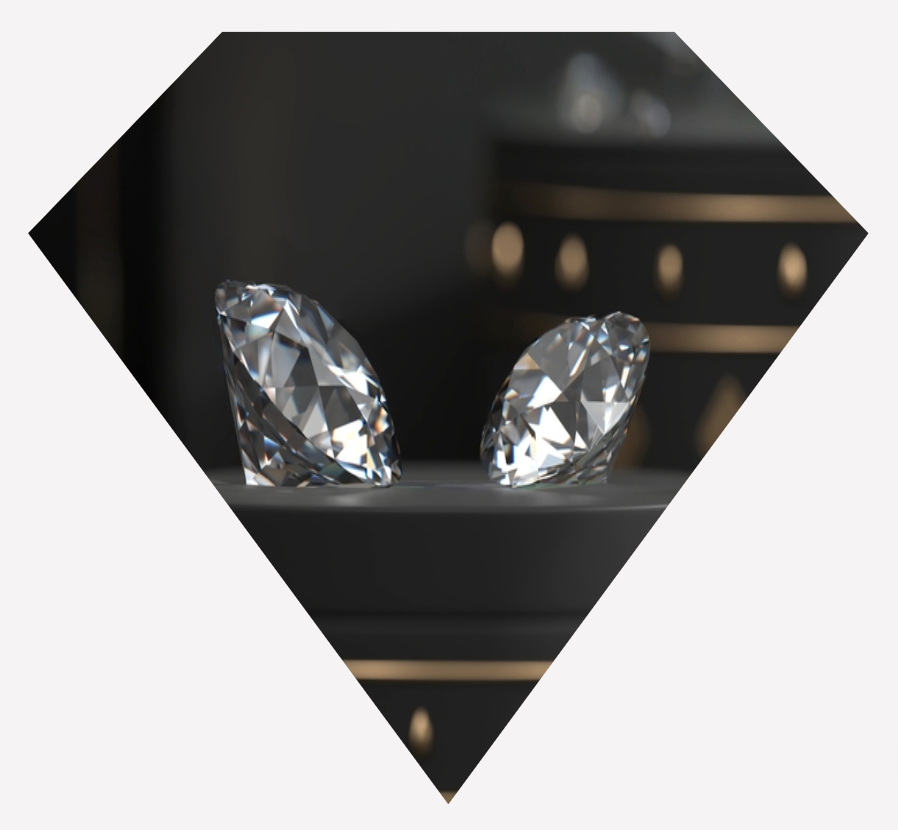
Affordability in Lab-Created Diamonds
What sets us apart is our pricing. As the most affordable online source for lab-grown diamonds, we ensure that you enjoy the luxury and beauty of a genuine diamond without the traditional cost. Our diamonds, crafted with the same foundational elements as natural ones, guarantee the authentic glow and lasting quality you seek—at a fraction of the price.
Diamond Clarity: Answering Your Lab Diamond Questions
"Do lab diamonds pass the diamond tester?" is a question a lot of people are asking when they start looking into lab-created diamonds. The short answer is yes, lab diamonds do pass the diamond tester. That's because diamond testers are designed to tell real diamonds apart from fakes like cubic zirconia or moissanite by measuring thermal or electrical conductivity. Lab-grown diamonds have the same chemical, physical, and optical properties as natural diamonds, which means they conduct heat and electricity in the same way. So, when you test a lab diamond with a diamond tester, it'll show up as the real deal.
Knowing that lab diamonds pass the diamond tester can give you peace of mind that you're getting a true diamond. This highlights how amazing lab-created diamonds are, offering a more sustainable and ethical choice without giving up any of the quality or authenticity you'd expect from a mined diamond. For anyone wondering, "Do lab diamonds pass the diamond tester?" it's clear that lab-grown diamonds are just as real and remarkable as their earth-mined counterparts, proving themselves every time they're tested.
"How lab diamonds are made" is a fascinating topic that reflects cutting-edge science and technology. Essentially, lab diamonds are created using one of two methods: High Pressure High Temperature (HPHT) or Chemical Vapor Deposition (CVD). Both processes mimic the natural conditions under which diamonds form inside the Earth, but they do so right in the lab, offering a more sustainable and ethical way to produce these precious gems.
The HPHT method involves placing a small diamond seed in a carbon-rich environment. The seed is then exposed to extreme pressures and temperatures, mirroring the intense conditions deep within the Earth's mantle that naturally produce diamonds. Over time, the carbon melts and begins to form a diamond around the seed. The result is a stunning lab-grown diamond that's physically, chemically, and optically identical to its natural counterpart.
On the other hand, the CVD process starts with a thin slice of diamond seed, which is placed in a sealed chamber filled with a carbon-rich gas, typically methane. The chamber is heated to a high temperature, causing the gases to break apart. The carbon atoms then start to accumulate on the diamond seed, layer by layer, gradually growing into a full-sized diamond.
Both of these processes produce real diamonds that are virtually indistinguishable from natural diamonds, except for their origin. "How lab diamonds are made" is not just a testament to human ingenuity but also to our commitment to finding more ethical and sustainable ways to enjoy the beauty and durability of diamonds. Whether created through HPHT or CVD, lab-grown diamonds offer a brilliant, guilt-free alternative to mined diamonds, satisfying the growing demand for transparency, sustainability, and responsibility in the jewelry industry.
Lab diamonds are known by several names that reflect their origin and nature. Commonly called "lab-grown diamonds" or "lab-created diamonds," these terms highlight their creation in a controlled laboratory environment rather than being mined from the Earth. Another popular term is "synthetic diamonds," though this can sometimes cause confusion, as it might suggest the diamonds are fake or merely simulate the properties of natural diamonds. However, lab-grown diamonds are real diamonds, with the same chemical composition, physical properties, and optical brilliance as their natural counterparts.
"Man-made diamonds" and "cultured diamonds" are other names used to describe lab diamonds. These terms further emphasize the human involvement in their creation and the advanced technological processes used to replicate the natural conditions under which diamonds form. Despite the variety of names, the key takeaway is that lab diamonds are real diamonds, offering a more sustainable and ethical alternative to traditional diamond mining.
In essence, "what are lab diamonds called" reflects a broader conversation about sustainability, ethics, and innovation in the jewelry industry. Whether referred to as lab-grown, lab-created, synthetic, man-made, or cultured, these diamonds provide consumers with a choice that aligns with their values without compromising on the quality, beauty, or authenticity of the cherished gemstones.
When discussing "lab diamonds vs real diamonds," it's essential to clarify that the term "real" can be misleading. Both lab-grown and mined diamonds are real diamonds with the same physical, chemical, and optical properties. The main difference lies in their origin and, to some extent, their impact on the environment and society.
Lab-grown diamonds, also known as synthetic, cultured, or engineered diamonds, are created in controlled laboratory environments using advanced technological processes that replicate the natural diamond-growing conditions. These processes, High Pressure High Temperature (HPHT) and Chemical Vapor Deposition (CVD), produce diamonds that are identical to mined diamonds in every aspect except for their origin.
Mined diamonds, on the other hand, are formed naturally deep within the Earth’s mantle under conditions of extreme pressure and temperature over billions of years. They are then extracted through mining operations, which can have significant environmental and ethical implications, including habitat destruction, labor issues, and the financing of conflict.
In terms of quality, lab diamonds and mined diamonds are indistinguishable to the naked eye and possess the same hardness, refractive index, and range of colors and clarities. Lab-grown diamonds can sometimes offer more transparency in terms of sourcing and environmental impact, appealing to consumers who prioritize sustainability and ethical considerations.
Price is another factor where lab diamonds often have an advantage, typically costing 20-40% less than mined diamonds. This is due to the shorter supply chain and lower environmental and labor costs associated with their production.
In summary, when comparing lab diamonds vs real diamonds, it's important to understand that both are genuine diamonds. The distinction lies in their origin and the broader implications of their production. Consumers now have the choice between two paths: the traditional allure of mined diamonds or the modern appeal of lab-grown diamonds, with considerations of cost, environmental impact, and ethical sourcing guiding their decision.
When discussing "lab diamonds vs. real diamonds," especially in terms of cost, it's important to highlight the significant price advantage offered by lab-created diamonds. At Cultured Lab Diamonds, our lab-grown gems are priced 70-80% cheaper than our competitors', making us a standout choice for savvy shoppers. This cost difference doesn't reflect a compromise in quality but rather the efficiency and sustainability of the lab-grown diamond production process.
Lab diamonds, also known as man-made or synthetic diamonds, share the same physical, chemical, and optical properties as mined diamonds. The primary difference lies in their origin. While mined diamonds are extracted from the earth through intensive mining processes, lab diamonds are created in controlled environments using advanced technological methods like High Pressure High Temperature (HPHT) or Chemical Vapor Deposition (CVD). These innovative processes not only make lab diamonds a more ethical and environmentally friendly choice but also allow for a significantly reduced cost of production.
The cost savings from choosing a lab diamond over a mined diamond are substantial. For consumers, this means you can afford a larger, higher-quality diamond for the same budget. Moreover, at Cultured Lab Diamonds, we push these savings even further, offering lab-created diamonds at prices that are 70-80% lower than both mined diamonds and other lab diamond providers. This incredible value proposition doesn't compromise the beauty, durability, or sparkle of the diamonds, ensuring you receive a luxurious product at a fraction of the cost.
Choosing between "lab diamonds vs. real diamonds" becomes simpler when you consider the cost benefits alongside the ethical and environmental advantages. With Cultured Lab Diamonds, you're not just getting a high-quality gem; you're also making a choice that's kind to your wallet and the planet.
Discovering "lab grown diamonds near me" has never been easier, thanks to Cultured Lab Diamonds. While we operate online, our extensive collection of lab-grown diamonds is accessible from anywhere, making us the nearest and most convenient option for anyone, anywhere. With just a few clicks, you can browse a wide selection of high-quality lab-grown diamonds that are 70-80% cheaper than our competitors. Whether you're searching from the comfort of your home or on the go, Cultured Lab Diamonds ensures that the perfect diamond is always within reach. Explore our collection today and find the ideal lab-grown diamond that meets your exact needs without ever having to leave your location.

